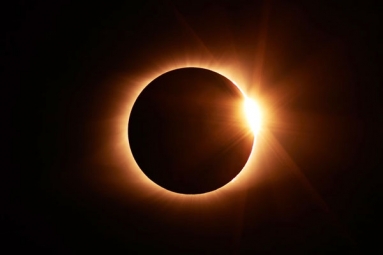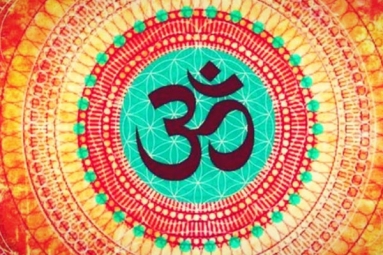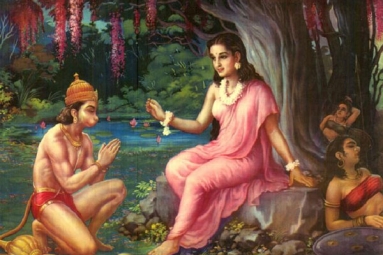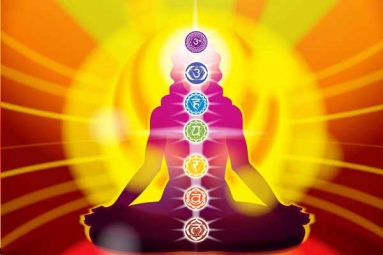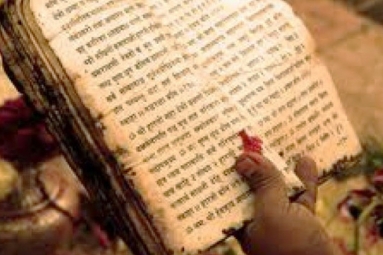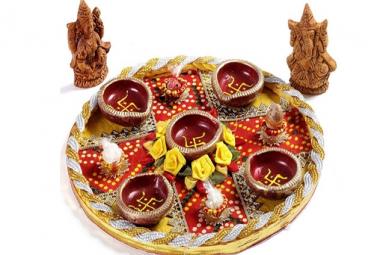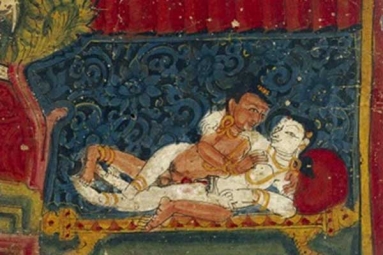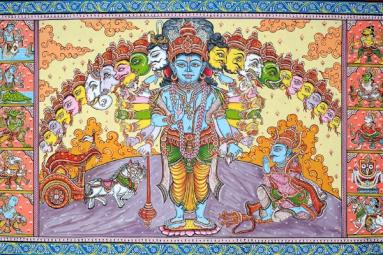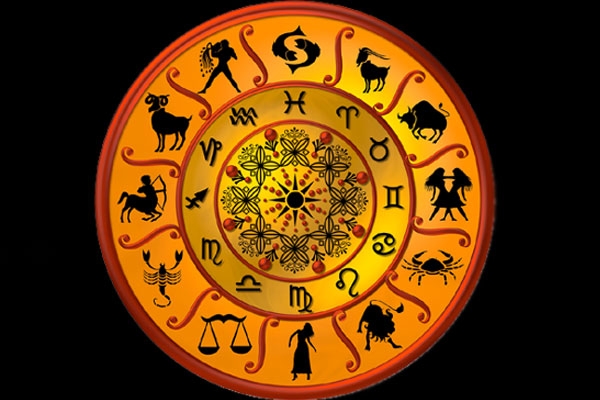
All of us at some point in life have peeked into astrology. May be out of curiosity, may be because elders checked our kundali at the threshold of important events in our lives. We have heard conversations where we are told one or the other planet is placed well, or not so well in our horoscope. There are many skeptics amidst us who do not consider astrology as worth anything. But is it all that superficial or is there deep thought and understanding in all of it? Let's consider for example just the planets, their sizes and indications.
Sun which is the largest of all and the center of our solar system is associated with our soul. This vast, abundant source energy that illuminates and enlivens everything around us is humongous enough to engulf every single celestial object in its system. Our soul is supposed to be part of the Supreme self and all encompassing. Therefore, isn't it apt that Sun is said to signify our soul? Here is the kicker, could the light that enables us to see things, figuratively also represent our third eye that increases awareness of soul? Next in the list is Jupiter. This uniquely beautifully painted looking, windy planet is connected to wisdom, higher knowledge. In vedic astrology it is also the guru of Devas, who represent our divine qualities. Any normal human being would certainly agree to the fact that every single person would like to be a good citizen, paying heed to the teachings of the good side in him/her. Could it be that the great masters of astrology were secretly indicating this higher knowledge is expans
ive? Interestingly we also know that Jupiter is one planet being the largest with the most magnetic force and filled with hydrogen and helium mostly, making it closer to a star (Sun). One only tends to translate it to preaching world-wide to listen to the dictates of the good, for our souls to attain the higher conscience.
Saturn, with its unique rings is feared to be the strict army general, the dreadful admonish-er. Unlike other planets that have rings, Saturn's are the more prominent, giving a pictorial representation of being restrained or restricted. To maintain decorum, policing is required in a large scale. When this sense of servitude is maintained in a 'most' parts of our lives, there is less chaos and fires to put out and who but the distinct Saturn could stand picture perfect for it? Then comes Venus, associated with beauty and arts is to also be a teacher. Could its highly volatile and toxic atmosphere be the base for associating it with the guru of the Asuras? Asuras cater to our base needs and desires, which also are part of our lives. Noteworthy is the fact that Venus is the only planet in the vedic astrology that rotates in the opposite direction to the rest of them. Now, comparing the two gurus in the charts, Jupiter is more than 11 times larger in size compared to Venus. Were the seers again making a point? As much as base desires are needed, we are veered to channel our thoughts to higher aspirations, may be?
Mars, Mercury and Moon are the next three celestial bodies that complete the conglomeration. Mars, the fiery planet said to be a soldier is indicative of our will power to march by the dictates. With its axial tilt and presence of water making it more Earth-like, it is rather interesting that human day to day activities are more Martian like. Almost like clockwork, we all go through the same routine until and unless, we look up to the gurus to lead us away from it. Mercury that stands primarily for our communication and primary learning is even smaller. Would it be suggestive of the adage 'talk less, work more', when compared to Mars in size?
Moon and its nodes, also said to be the shadows of moon are the smallest of the lot. Moon is the mundane mind with its emotions, moods, intuition, dreams etc. As the only celestial object that changes its face, Moon has been aptly related to our continually changing mind, don't you think? The brightest object in the veil of darkness is appropriately equaled to our minds that would not stop even when our bodies rest. Though tiny, in this material world Moon (our mind) has such a strong hold over us, that it plays a mesmerizing game of eclipses with the Sun (the soul) and, the Earth (the material world) or our home as we know it. Rahu the ascending north node of the intersection of moon's orbit with ecliptic of the sun is said to spurn our mind towards those that need to be absorbed and assimilated by the soul. Ketu on the other hand is the south node, is descending which involves release of material obsessions. To ponder further, Rahu is said to be driven by a Saturnian energy and Ketu by Martian. Would it be indicative of the fact Rahu is a comparatively huge, heartless, hungry head with all the sense organs in it, compared to Ketu a headless body that is smaller but follows directions with no questions? Then again, the clairvoyants comment that the balancing act of Rahu and Ketu is said to sculpt the journey of the soul henceforth.
Many of our ancient practices are ridiculed and scowled upon in this modern day and age. But once you peel the layers, you are amazed by the depth of understanding and knowledge that they display. Doesn't it appear that size did matter when each of these celestial bodies were assigned a significance? Would the pundits have intuitively wanted us to take the hint to contemplate more than to work or talk tirelessly, or let our minds monkey around; given the enormous size differences between the planets? It is high time we put aside our pre-conceived notions and take a harder look at the ancient customs and texts. We might find answers to many of our dilemmas and delusions.
By
Subandi Viva



